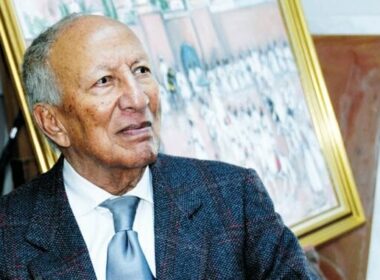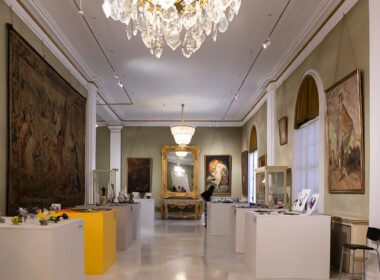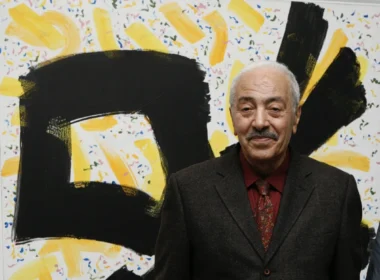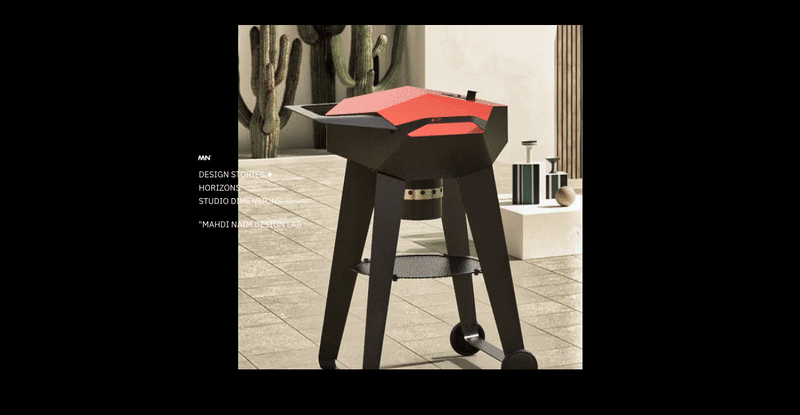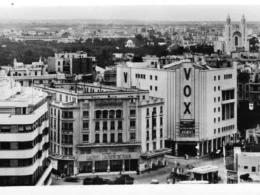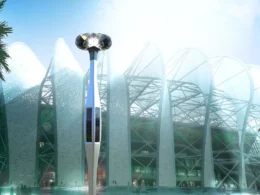Saudi Arabia is undergoing a transformative period in its architectural landscape, blending its rich cultural heritage with modern design principles. This fusion aims to create a distinctive architectural identity that reflects the Kingdom’s diverse regions and traditions.
Table of Contents
Defining 19 Distinct Architectural Styles
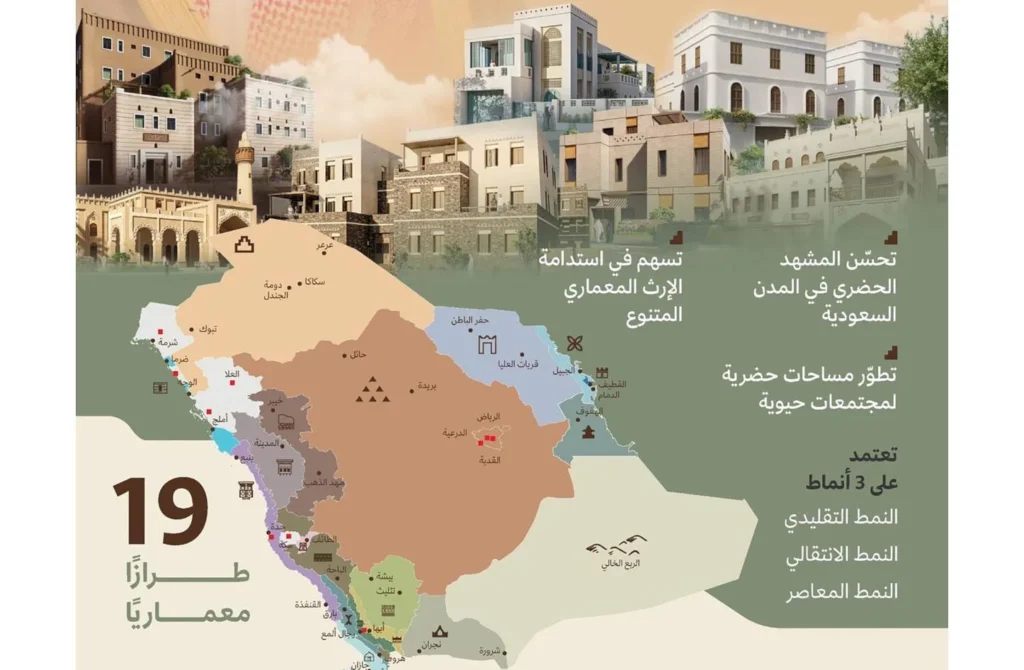
In a significant move to preserve and promote its architectural heritage, Saudi Arabia has introduced the Saudi Architecture Characters Map, outlining 19 unique architectural styles. These styles are inspired by the Kingdom’s varied geographical and cultural landscapes, including regions such as Central Najdi, Hejazi Coast, and the Sarawat Mountains. Each style offers three design typographies, traditional, transitional, and contemporary, allowing for creative expression while maintaining authenticity. This initiative is expected to contribute over $2 billion to the Kingdom’s GDP and create more than 34,000 jobs in engineering, construction, and urban development sectors by 2030.
Blending Tradition with Modernity
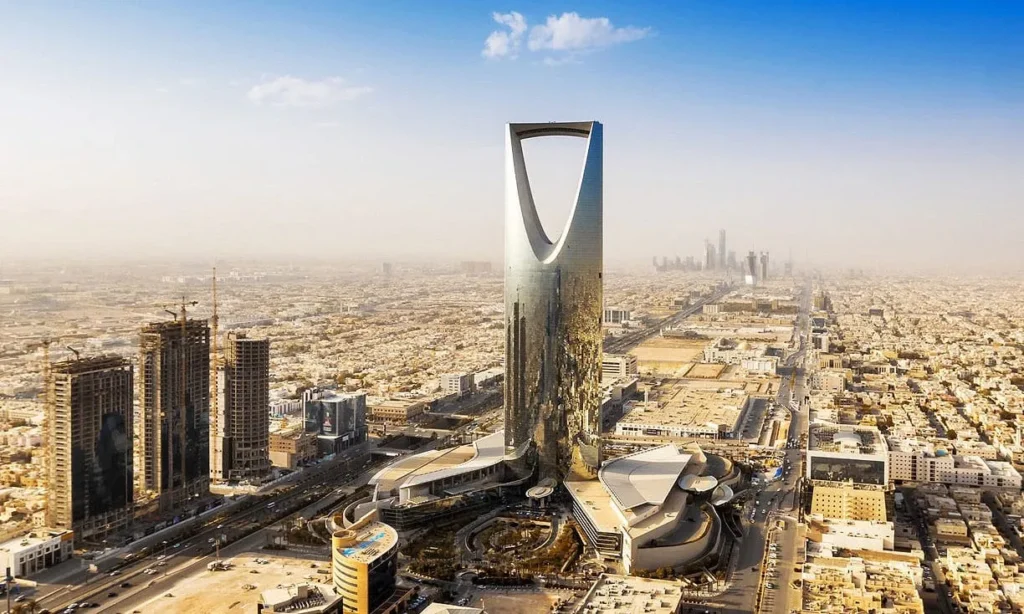
The Kingdom Centre in Riyadh stands as a testament to Saudi Arabia’s fusion of traditional Islamic architecture with modern design. Completed in 2002, this 302-meter-tall skyscraper was designed by the architectural firms Ellerbe Becket and Omrania & Associates.
The tower’s most striking feature is its inverted parabolic arch, creating a distinctive void at its summit. This design element not only serves as a visual focal point but also symbolizes openness and the Kingdom’s forward-thinking vision. The structure is crowned by a 56-meter-wide skybridge, connecting the two sides of the arch and offering panoramic views of Riyadh.
Innovative Projects Reflecting Cultural Identity
Several high-profile projects exemplify the Kingdom’s commitment to merging tradition with innovation:
- The Line: Part of the NEOM project, The Line is a 106-mile-long linear city designed to accommodate 1.5 million residents by 2030. It features mirrored facades and integrates sustainable living practices, aiming to redefine urban living while reflecting the Kingdom’s futuristic vision.
- Dar Tantora The House Hotel: Located in AlUla, this 30-room hotel is set within restored mud-brick and stone houses, offering an immersive experience that keeps the ancient past alive. The design seamlessly integrates with the historic environment, showcasing a unique blend of organic textures and traditional Middle Eastern design elements.
- Dream of the Desert Train: Scheduled to launch by the end of 2026, this ultra-luxurious train will traverse a 1,300-kilometer route from Riyadh to Al Qurayyat. Designed by Lebanese architect Aline Asmar d’Amman, the train features 34 luxury suites across 14 carriages, blending traditional Saudi interiors with modern luxury.
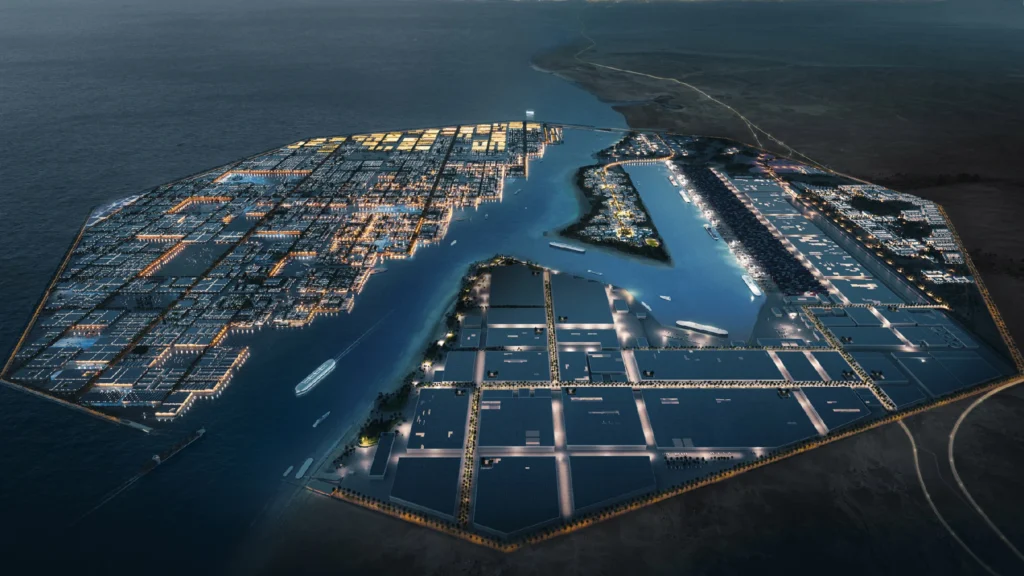
Saudi Arabia’sSustainable and Culturally Relevant Urban Planning
The Kingdom’s architectural initiatives are not limited to individual buildings but extend to urban planning that respects cultural and environmental contexts. The introduction of the Saudi Architecture Characters Map ensures that new developments align with regional identities, promoting sustainability and cultural relevance.
Through these efforts, Saudi Arabia is crafting a unique architectural narrative that honors its past while embracing the future, positioning itself as a global leader in innovative yet culturally grounded architectural design.



